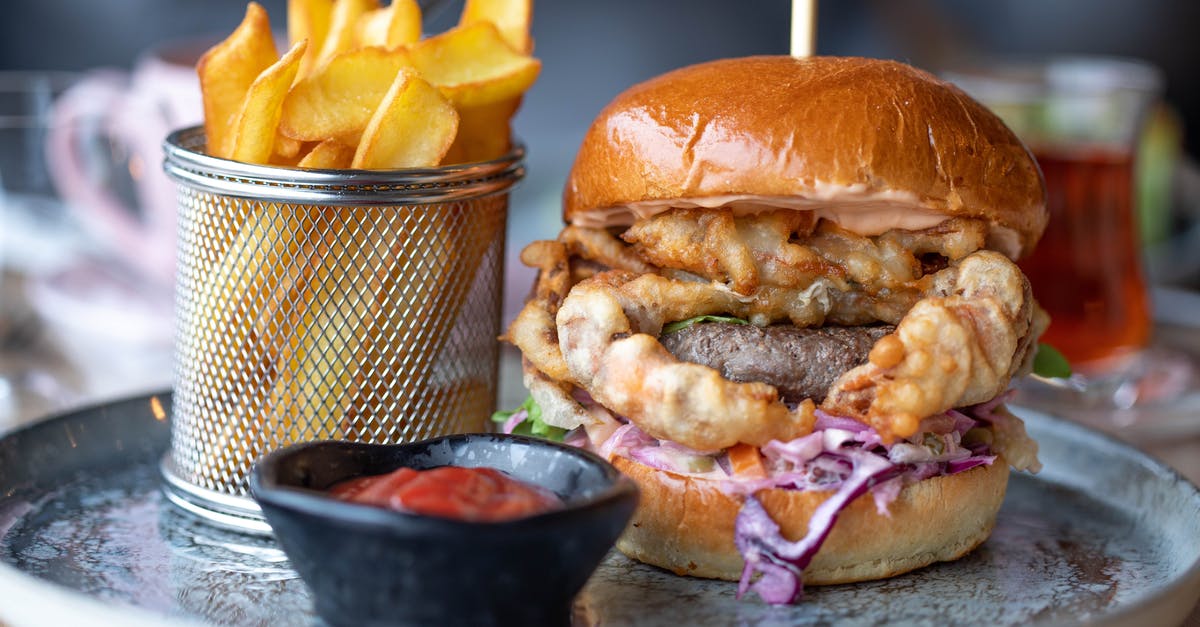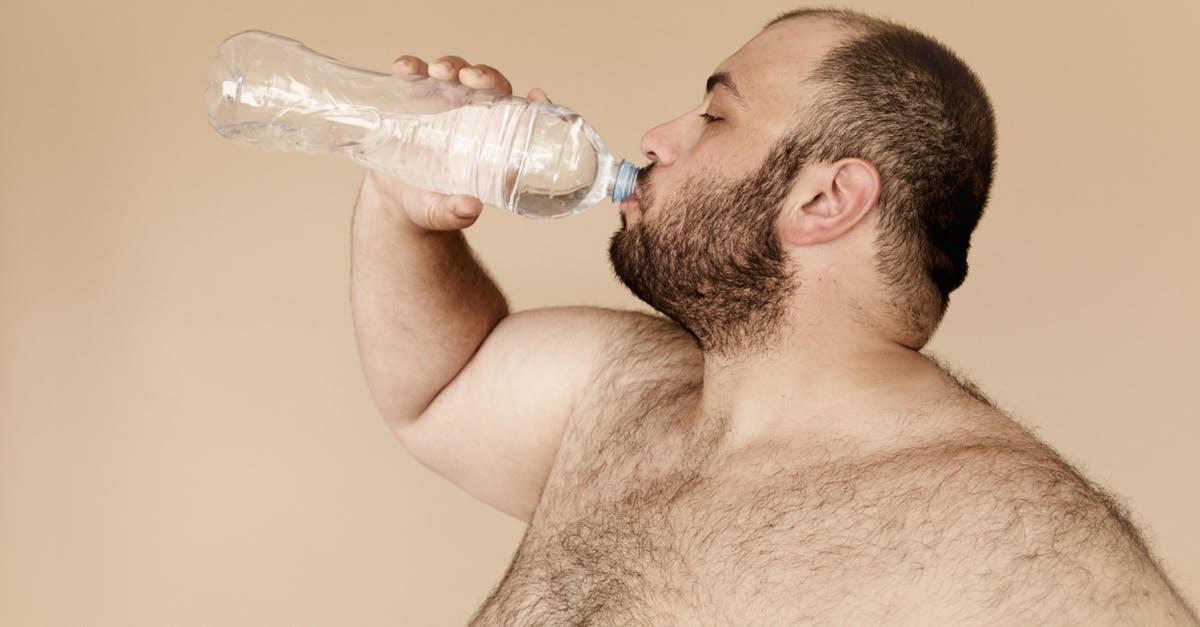Why does fat make chapati/parathas/pooris remain soft?

I want chapati and parathas (same dough is used for both) to remain very soft for a long time. I originally asked in the comments here: Why doesn't my whole wheat dough pass the Poke Test?
and SAJ14SAJ said:
Gluten development (or lack of it) is not going to help with that. That is a factor of staling, and flat breads are going to stale quickly, especially if they are lean and not enriched (not loaded with fat, sugar, and so on).
So, why does fat help keep the chapatis soft? And how do you calculate the amount of fat to be included in the dough to achieve soft chappatis?
Best Answer
The "moistness" of the bread - the soft texture - is actually from oils and fats as well as water - grain has some of these naturally, especially whole grain. Adding in extra fat, such as butter, shortening or cooking oil, makes the baked good seem extra moist and soft - here is a good overview of baking, and the role of various ingredients in dough. Fats are a tenderizer when added to a dough - it makes the baked good softer, which we associate with "moist."
Fats and oils also evaporate much more slowly than water, and prevents water from re-absorbing into the bread, keeping the bread from becoming brittle and hard and off-tasting (stale) for longer.
Without extra fat, the bread relies on the oils and protein found in grain, and the water content of the bread. This water will eventually evaporate, leaving the bread brittle - and worse, it will slowly re-absorb some moisture from the air, and this can lead to a dry, mealy, chewy texture and unpleasant flavor - staleness, in other words. (This is why croutons should be baked for best flavor rather than just left to go stale.) The natural oils and proteins will likewise firm up and stiffen as the bread cools.
For leavened flatbreads, preferment is a common technique to extend shelf life (and improve flavor) - this method of leavening does a good job of locking water-moisture into the bread without requiring extra fat or other preservatives. Here is a method of prefermenting naan.
For unleavened bread, Mexican cuisine is where you should look for techniques involving storage of whole-grain flour flat breads - in some regions, flour tortillas are eaten with every meal, but generally only prepared once a day.
- Air-tight storage is key. A zip-close plastic bag with a cloth to absorb excess moisture is ideal.
- Re-heat the bread in a microwave. It will soften the proteins and oils, without drying out the water content the way an oven or toaster will.
Pictures about "Why does fat make chapati/parathas/pooris remain soft?"



Why does Roti become chewy?
If your dough or the rolled chapatis lose too much moisture while and after cooking, you might end up with rubbery, or worse, crusty chapatis that are straight out of a nightmare. Therefore, to make soft rotis, you must ensure that they trap enough moisture inside them even after the cooking process is complete.How is chapati dough different from the dough prepared for poori?
The difference between chapatis and pooris lies in how they are cooked. Chapatis, which resemble tortillas, are a flatbread that is cooked on a griddle. Pooris are deep fried to produce hollow and delicious pillows that are perfect for scooping up food.Why is my chapati dough sticky?
If the dough gets too sticky, it means more water got added. Add a tablespoon of flour at a time and knead again till all the flour is absorbed. If the dough gets too hard, it means less water was added. Add a tablespoon of water at a time and knead again.How do you make soft rotis for travel?
Step 1: Put a Tawa on medium-high flame. Step 2: Once the Tawa turns hot enough, put the rolled Chapati on it. Step 3: Wait for a few seconds to form some bubbles on its surface. Step 4: Flip the Chapati and increase the flame if needed.Make \u0026 Freeze-Soft Roti, Chappati, Phulka for months | Ramadan Time Saving Tip |Homemade Frozen Roti
Sources: Stack Exchange - This article follows the attribution requirements of Stack Exchange and is licensed under CC BY-SA 3.0.
Images: Anna Tarazevich, Valeria Boltneva, Dmitriy Ganin, Artem Podrez
